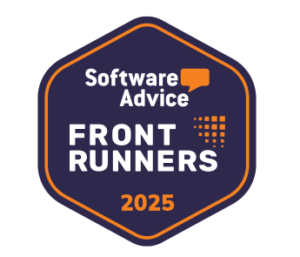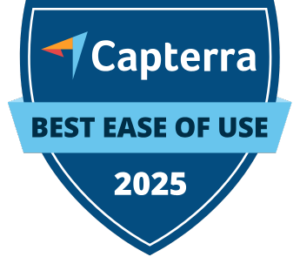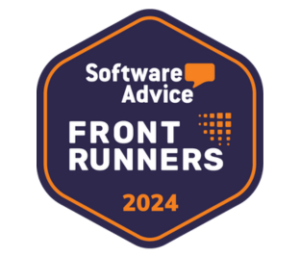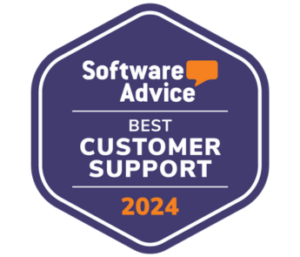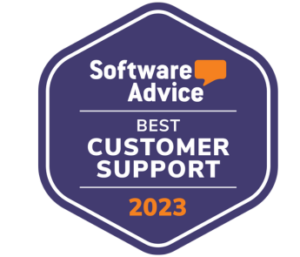ERP Implementation Without the Headaches: 5 Things You Need to Get Right
ERP projects have a reputation—often well-earned—for taking too long, costing too much, and exhausting teams in the process. But it doesn’t have to be that way.
If you’re leading operations, chances are you’ve seen at least one ERP rollout go sideways—too complex, too slow, or just not built for the way your business actually runs. The truth is, most of the pain comes down to poor planning and picking the wrong system.
Here are five things you need to get right if you want your ERP implementation to be clean, fast, and headache-free.
1. Choose Software That Fits Operations, Not Just Finance
Most ERP systems were built for finance first. Inventory, manufacturing, and supply chain were added on later. That creates gaps—especially when real-time visibility and cross-functional workflows are critical to your operation.
Look for a solution that’s built with operations at the core. Kechie ERP, for example, was designed around inventory and supply chain first. That means better fit, fewer workarounds, and less time customizing the system to match how your business actually runs.
Pro Tip: Accounting software is not an ERP. Many of the big-name players started as finance platforms and bolted on inventory or manufacturing features later. That can leave you with disconnected modules, limited functionality, and workflows that don’t match your real-world needs. If operations is the backbone of your business, choose a system designed to support it from day one.
2. Keep the Scope Clear and Tight
Trying to roll out every module at once usually backfires. It slows the project down, increases risk, and overwhelms your team.
Start with the workflows that matter most—like inventory, purchasing, or MRP—and phase in additional features over time. A phased rollout helps you go live faster and gets early wins you can build on.
Pro Tip: Communicate scope clearly and early—especially if more modules or functionality are coming later. Bring the right subject matter experts (SMEs) into the process from each department—inventory, finance, manufacturing, and logistics. Misalignment in the early stages leads to delays and rework later.
3. Don’t Skimp on Training
Even the best software fails without proper training. And rushed training right before go-live is a recipe for confusion.
Set up role-based training early in the project. Make sure each team member understands how to use the system for their specific responsibilities—not just generically.
Kechie ERP provides hands-on training led by people who understand operations, not just software.
Pro Tip: Practice, practice, practice. Don’t just sit through training—apply it. Have your team run through real scenarios, test transactions, and work inside the system right after every session. Practicing early builds confidence and avoids panic when you’re live.
4. Migrate Data Thoughtfully—Not All at Once
Trying to bring over everything from your old system—every PO, invoice, customer, and product record—is one of the most common (and costly) mistakes during implementation.
Clean your data before you migrate. Focus on what’s active and necessary—open orders, current inventory, live vendors and customers.
Pro Tip: Archive your historical data in Excel or a shared drive. You’ll still have access to past records when you need them, but you’ll avoid paying to import outdated or messy data into your new system. It’s cleaner, cheaper, and faster.
5. Demand Real-Time Visibility Across Teams
One of the main reasons operations teams move to ERP is to fix data silos. But if your new system doesn’t update in real time across departments, you’re just swapping one siloed system for another.
Modern ERP should deliver integrated, real-time data across purchasing, inventory, production, and finance. Kechie ERP does this out of the box—no bolt-ons, no third-party tools required. That means fewer errors, tighter coordination, and faster decision-making.
Pro Tip: Real-time means immediate. Not overnight, not in tomorrow’s report—as soon as a transaction is made, the data should be available across the system. Anything less slows you down and opens the door to mistakes.
Bottom Line: A Smart Implementation Starts with the Right Plan—and the Right Partner
ERP implementation doesn’t need to drag on for a year. It doesn’t need to disrupt your operation or burn out your team. If you choose the right system, focus on scope, practice early, and take a lean approach to data, you’ll go live faster and with less stress.
Contact us today to learn more about how Kechie ERP can transform your inventory management practices!
Stay tuned for our series of insightful blogs—your roadmap to exploring the full potential of an ERP.


